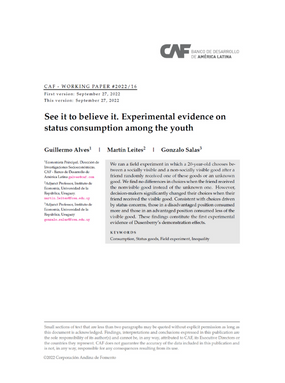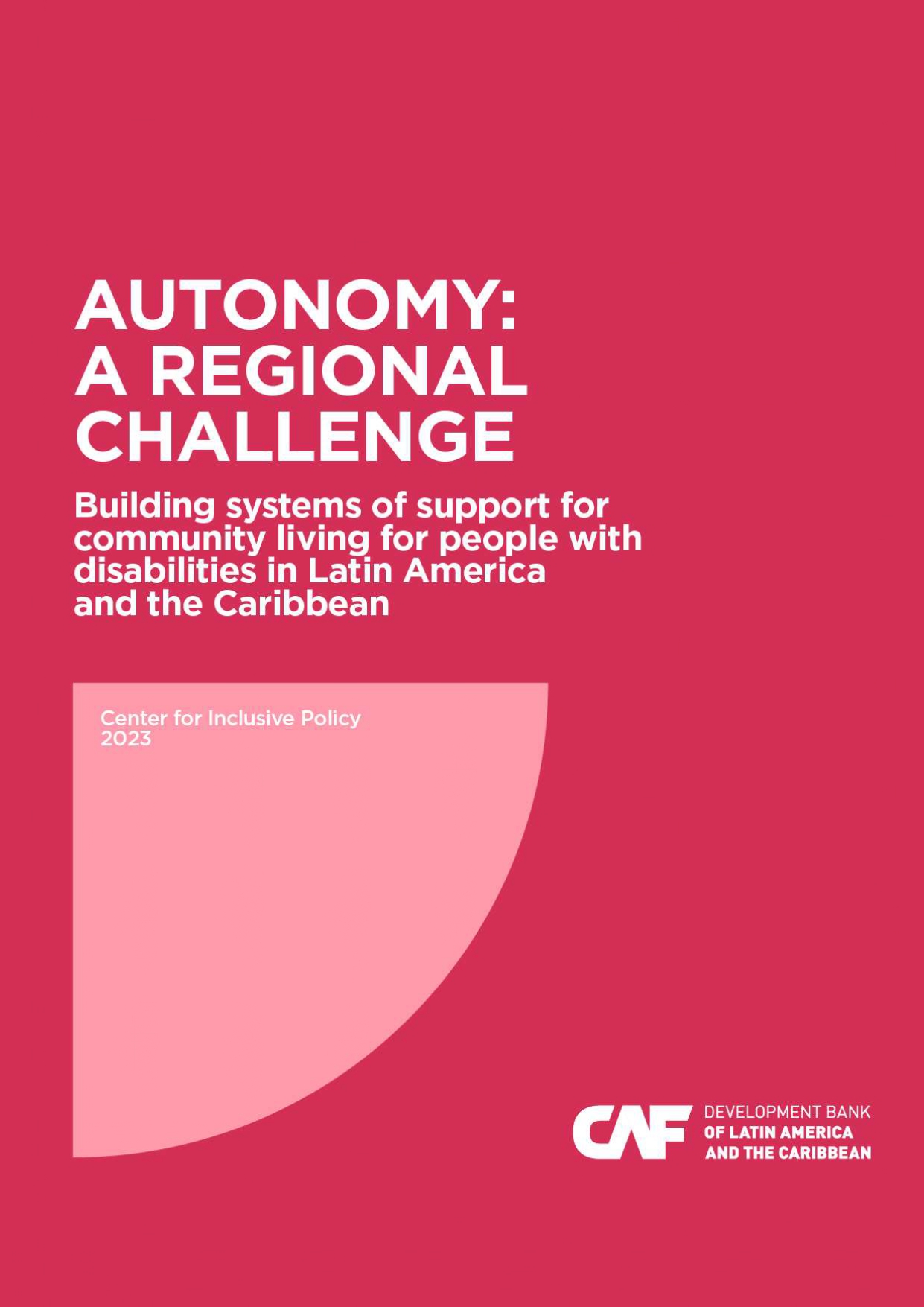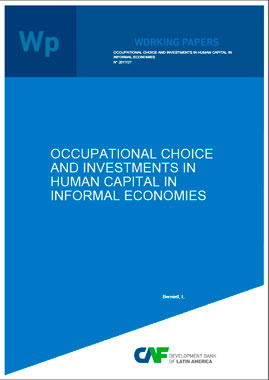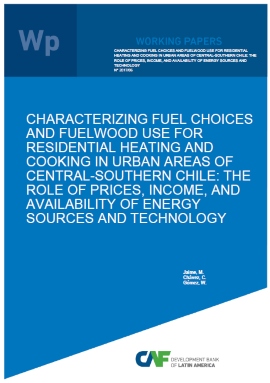See it to believe it. Experimental evidence on status consumption among the youth.
Resumo
We ran a field experiment in which a 20-year-old chooses be-tween a socially visible and a non-socially visible good after a friend randomly received one of these goods or an unknown good. We find no differences in choices when the friend received the nonvisible good instead of the unknown one. However, decision-makers significantly changed their choices when their friend received the visible good. Consistent with choices driven by status concerns, those in a disadvantaged position consumed more and those in an advantaged position consumed less of the visible good. These findings constitute the first experimental evidence of Dusenberry’s demonstration effects.
Assunto
País / Región
Data
2022-09-27Cite esta publicação
Item que pertence à coleção
Items Relacionados
Autonomy: a regional challenge - building systems of support for community living for people with disabilities in Latin America an the Caribbean
The socio-economic crisis caused by the COVID-19 pandemic and its effects has underscored the centrality of support and care systems that enable people ...
Occupational Choice and Investments in Human Capital in Informal Economies
Countries di er greatly in their levels of schooling and also in their rates of entrepreneurship. At the same time, the share of the so-called \shadow ...
Characterizing Fuel Choices and Fuelwood Use for Residential Heating and Cooking in Urban Areas of Central-Southern Chile: the Role of Prices, Income, and the Availability of Energy Sources and Technology
This paper analyzes empirically the determinants of fuel choices and intensity of fuelwood use for residential heating and cooking in central-southern ...






